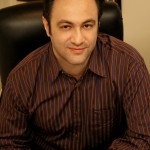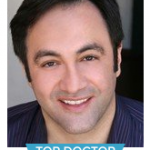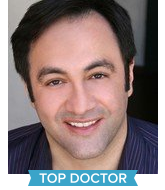As we age, we often suffer normal everyday “wear and tear” on the body. Does it bring us down? It can. Mentally we may be strong, perhaps stronger than ever… physically, too. Working out, eating healthy, watching calorie intake, etc. Point is, we may FEEL good, but we are not necessarily satisfied internally with our looks. We may see a different person in the mirror, one that appears tired or old.
Trying to lose weight? Try Dr. Golshani’s recommended 10-day juice cleanse.
Have You Considered a Facial Analysis?
Most of us are probably not even aware what a “facial analysis”. Facial analyses allow a certified professional, such as Dr. Golshani, to critically analyze facial features such as volume, bone structure, muscle activity, skin quality, and proportions of neck, brows, eyelids, cheeks, and forehead. It’s quite an evaluation, but it can provide you an opportunity to transform your facial structure into one that matches the way you FEEL.
So… Then What?
Well, after a thorough facial analyses has occurred, the next step is recommending procedures that are designed to enhance your facial structure and provide you with a younger appearance. After all, that is the main goal.
Most people are not ready to jump directly into surgery, so the first approach is generally topicals, chemical peels, and micro-needling – all of which are minimally invasive. Dr. Golshani has developed his very own line of products, marketed under the brand name “Avosant Skincare”. He can help you determine what products to use, the best times to use them, and for how long.
View Avosant Skincare products developed exclusively by Dr. Golshani.
Micro-needling is a relatively newer procedure, but is a highly advanced technique of smoothing wrinkles out, acne scars, stretch marks, and other features of natural aging.
Read more on the Eclipse MicroPen offered by Dr. Golshani.
The final approach to looking young is to consider plastic surgery procedures such as face lifts, rhinoplasty, eyelid surgery, and other facial procedures that have a dramatic effect on your facial appearance. But unless you have a concerning issue, it is recommended to try minimally-invasive techniques first.


 Dr. Golshani offers
Dr. Golshani offers 